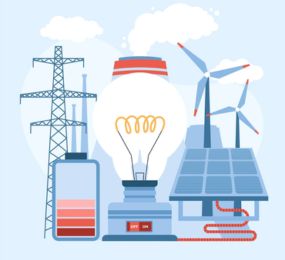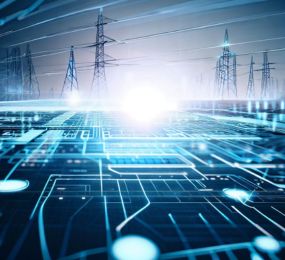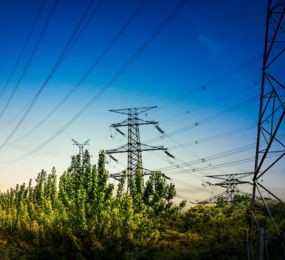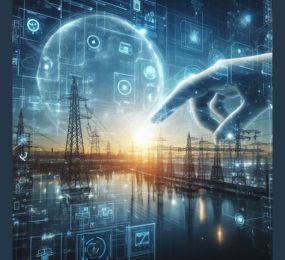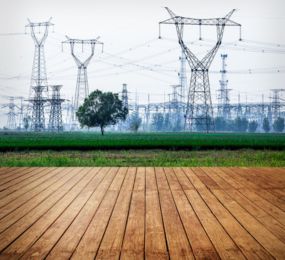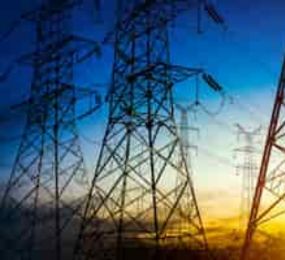The convergence of renewable energy and digital grids marks a transformative shift in the energy landscape, offering significant benefits for sustainability, efficiency, and grid reliability. This intersection leverages the strengths of both technologies to create a more resilient and responsive energy infrastructure.
Seamless Integration of Renewables:
Digital grids, often referred to as smart grids, facilitate the seamless integration of renewable energy sources such as solar, wind, and hydroelectric power. Advanced sensors, communication technologies, and data analytics enable real-time monitoring and management of energy flows, ensuring that renewable energy is efficiently distributed and utilized.
Enhanced Grid Stability:
The variability of renewable energy generation poses challenges for traditional power grids. Digital grids address these challenges by incorporating predictive analytics and automated control systems. These technologies forecast energy production and demand, allowing the grid to dynamically adjust and maintain stability even with fluctuating renewable inputs.
Decentralized Energy Generation:
Renewable energy often comes from decentralized sources, such as rooftop solar panels and local wind farms. Digital grids support this decentralized model by enabling bidirectional energy flows and facilitating peer-to-peer energy trading. Consumers can not only draw power from the grid but also contribute surplus energy back into it, promoting a more distributed and resilient energy system.
Energy Storage Integration:
The integration of energy storage solutions with digital grids further enhances the viability of renewable energy. Battery storage systems can store excess energy generated during periods of high production and release it during times of high demand. Digital grids optimize the use of these storage systems, ensuring a consistent and reliable energy supply.
Consumer Empowerment:
Digital grids empower consumers by providing detailed information about their energy usage and enabling greater control over their consumption patterns. Smart meters, mobile apps, and online dashboards allow consumers to monitor their energy usage in real-time, make informed decisions, and participate in demand response programs.
Challenges and Future Prospects:
While the intersection of renewable energy and digital grids offers immense potential, it also presents challenges such as cybersecurity risks, data privacy concerns, and the need for substantial investment in infrastructure. Addressing these challenges requires collaboration between governments, utilities, technology providers, and consumers.
In conclusion, the integration of renewable energy with digital grids represents a significant step towards a sustainable and resilient energy future. By leveraging advanced technologies and embracing decentralized energy generation, this intersection not only enhances grid stability and efficiency but also empowers consumers and supports the transition to a greener, more sustainable energy landscape.
Visit our website to register and secure your spot today! click here: https://bit.ly/3peklYc
For more information and group participation, contact us: [email protected]


